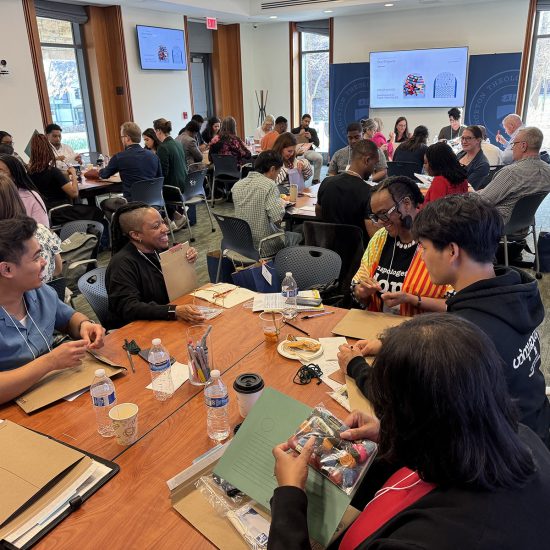In 2007, Nate Ritter used Twitter to give updates on San Diego fires to others. His posts began “San Diego Fires” but he was concerned people would have difficulty searching for that general term.

Ken Satterfield
His friend, Chris Messina, noticed the photo-sharing site Flickr used the term “sandiegofire” and suggested Nate use a text messaging format combining a hash (#) and a tag (sandiegofire) forming the hashtag #sandiegofire. Others could now track real-time updates among millions of competing messages.
It caught on. Hashtags were an easy way to track common events and topics. Two years later, Twitter began hyperlinking hashtags to search results. Marketing and news picked up on the trend. Since then, Google+, Tumblr, Pinterest and Instagram and others have joined Twitter to utilize hashtags across multiple social networks. And in June, Facebook (and its 1.1 billion users) added them as well.
Hashtags let you create visibility and then track it. Events and television (#superbowl, #Castle) expand water-cooler conversations. Twitter added trending topics to follow the cultural pulse. It is also used to emphasize context such as saying “I’m excited to clean the basement. #sarcasm.”
McDonald’s is a prime example of possible hashtag disasters. Wanting to gather cheerful experiences from restaurants, #McDStories was launched. Responses soon turned into restauRANTS from disgruntled customers and former employees. The promotion was quickly pulled, but the hashtag still attracts comments.
Hashtags habits to avoid include using lengthy terms like #ComeToMyChurchThis SundayAndFeelLoved, or #overusing #hashtags with #unrelated #words. (This may partially explain why France banned the word hashtag in January!) Not using a hashtag consistently causes it to lose momentum after the initial interest has worn off. Capital letters can add clarification but except for underscores (_), special characters and spaces won’t work in a hashtag.
How can you use hashtags as a useful communication tool?
Find and create. Find hashtags that are useful: a city, denomination or name. Or create something distinctive and memorable. #FBC competes with all other First Baptist churches; #FBCAnytown is much more specific. See if and how it is already being used before launching to dodge embarrassment or disaster.
Use. Churches once had to be reminded to include their website on stationery, business cards and flyers. Now it’s common sense. Promote hashtags along with social media contact information to share news. Make the reader the focus.
Show concern. Recent tragedies related to the Boston Marathon and Oklahoma tornadoes led to #BostonStrong and #OKStrong that people could use to offer prayers or show support. Or share uplifting messages such as #WhyISmile or #26Acts.
Inform. When sharing a message with a hashtag, make it accurate and informative as well as short and sweet.
Promote. Last week’s Baptist meetings used the hashtags #missionsummit2013 and #cbfassembly to connect participants. These allow monitoring tweets of an event. This also works with a community event, sermon series or mission trip to build interest and buzz.
Utilize. Use them to build conversation before an event. Invite questions and comments during it. Respond to questions after the event. Twitter’s 140-character limit helps make the feedback brief.
Tools & Ideas. Tracking all hashtags is a #hopelesstask but these sites can help to search and use hashtags:
• Facebook or Twitter: Search hashtags and how they are being used
• Lifewire.com: Hashtag history and how-tos
• UPDATE: Eight Do’s & Don’ts For Church Hashtags (The Creative Pastor)
• Creating a Powerful Social Media Strategy for Your Church – Part 1 (Outreach,com)
• UPDATE: You can find a list of other social media search engines at Mentionytics.com
Ken Satterfield is marketing coordinator for Word&Way.






